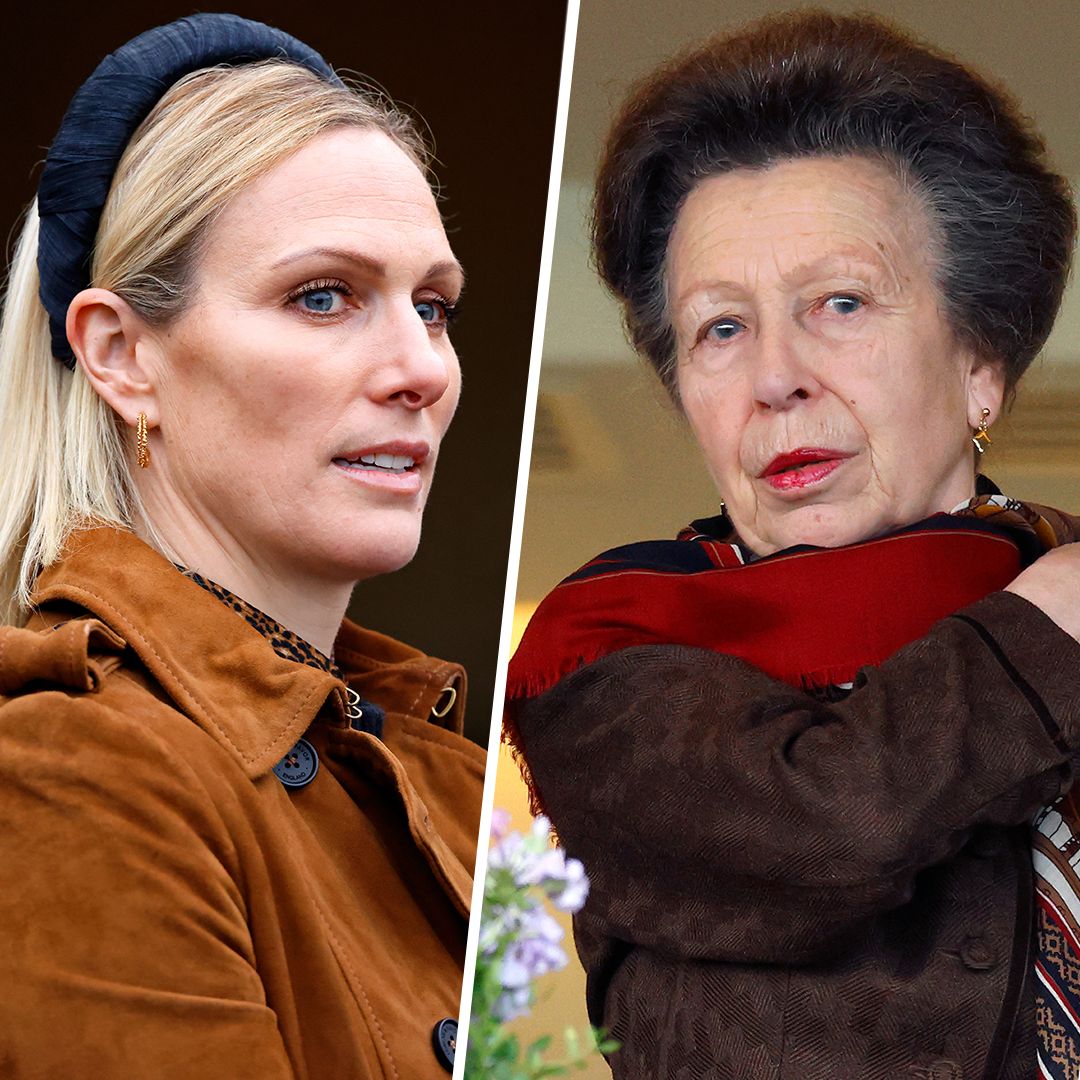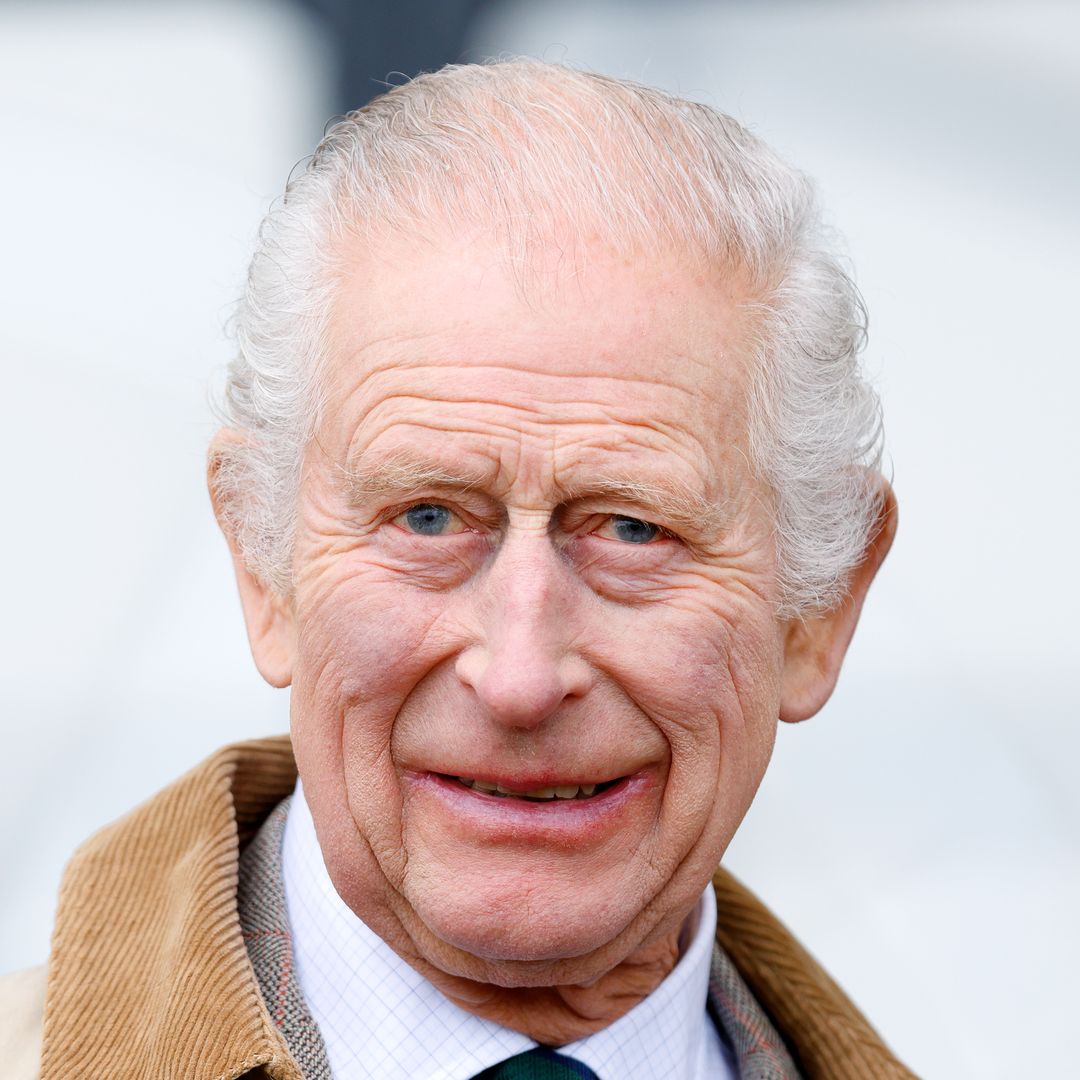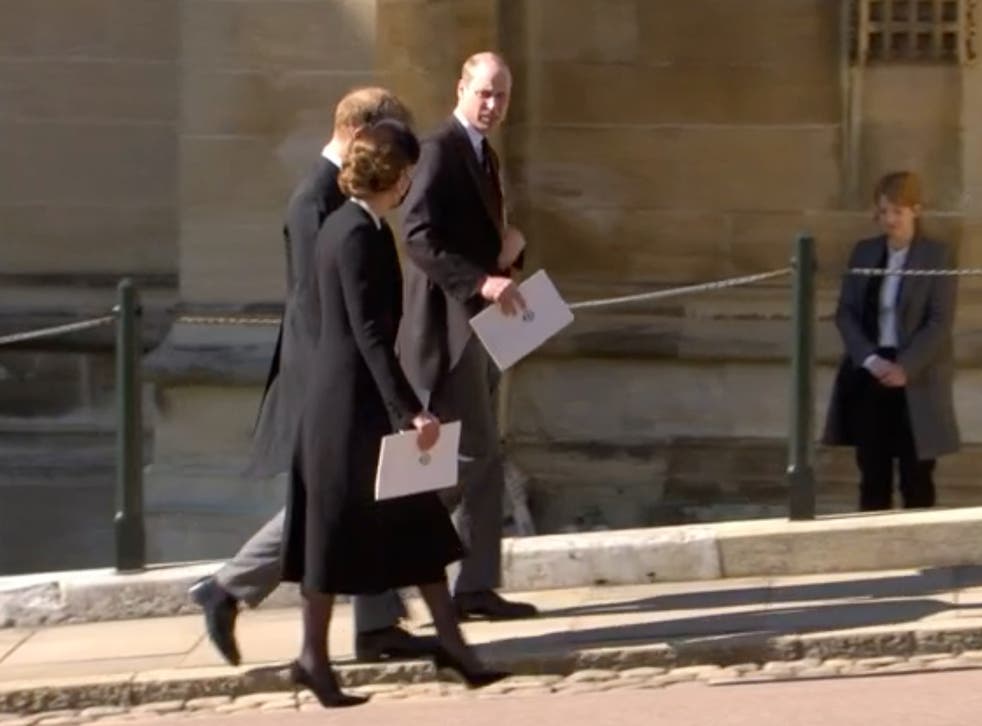Queen Camilla’s Mourning Misstep: Color, Criticism, and a Royal Feud?

The British royal family has always been defined by ritual—moments when duty is expressed not only in words but in the smallest details: the tilt of a head, the shade of a dress, the presence or absence of a bowed figure at a funeral. So when
Breaking With Tradition
The passing of the Duchess of Kent was met with the solemnity that royal watchers expect. Senior members of the family quickly adhered to centuries-old convention: black or dark clothing for public appearances
Even the Duchess of Edinburgh, caught mid-tour in Canada, made the immediate adjustment—switching to black for her engagements abroad. The message was clear: grief had touched the House of Windsor, and every member, wherever they were in the world, bore its mark.
Yet Camilla struck a discordant note. Appearing at a Braemar gathering in Scotland, she wore a striking green-and-blue ensemble. The only nod to mourning was a discreet black armband
For many, the image was jarring.
The Funeral Absence
If the wardrobe choice caused unease, what came next deepened it. Camilla was notably absent from the Duchess’s funeral, citing recovery from acute sinusitis. The explanation seemed plausible at first. After all, ill health can strike anyone, and the Queen Consort’s schedule is famously punishing.
But less than twenty-four hours later, photographs emerged of Camilla looking radiant as she welcomed President and Mrs. Trump during their visit. Gone was the excuse of illness; in its place was the impression of vitality, poise, and even glamour.
The optics were unforgiving. Where grief might have required presence, Camilla seemed absent. Where illness had been offered as explanation, energy appeared in abundance. The contrast was not lost on the public.
A Selective Illness?
Critics were quick to pounce. Some accused Camilla of practicing a “selective illness”—conveniently unwell for a funeral, but perfectly recovered for a high-profile diplomatic reception. Others went further, suggesting her absence hinted at
For royal observers who have long tracked whispers of rivalries and undercurrents within the family, the theory of a feud was tantalizing. Could Camilla’s actions reflect more than personal health? Could they reveal old wounds behind palace walls?
The Defense
Supporters, however, offered a different perspective. They pointed out that Camilla did wear a mourning band, signaling respect in her own way. They noted, too, that sinus infections can fluctuate rapidly: one day debilitating, the next manageable with the right treatment.
Others suggested a practical explanation. The funeral might have posed greater physical strain than a controlled diplomatic meeting. Travel, long hours, and exposure to the elements can challenge even the healthiest individuals, while a brief appearance at Windsor Castle may have been deemed less taxing.
The Symbolism of Black
Still, the controversy speaks to something deeper than illness or wardrobe. In the royal family, clothing is language. Black is not merely a color; it is a code of solidarity, humility, and shared grief. To deviate, however slightly, is to risk appearing aloof, indifferent, or even disrespectful.
Camilla’s choice of green and blue, however stylish, struck many as tone-deaf in a moment when the monarchy sought unity. The discreet armband, though technically sufficient, seemed too small a gesture for a figure in her position.
A Question of Trust
For Camilla, the episode reopens a familiar wound: her ongoing struggle for public trust. While many have grown to accept her as Queen Consort, her image still carries shadows from the past. Every action is measured not only against the present but against decades of scrutiny.
Where Catherine, Princess of Wales, is lauded for her seamless diplomacy, Camilla is more often judged for missteps, real or perceived. And in a monarchy where symbolism carries as much weight as speech, such moments can ripple far beyond the palace gates.
Beyond the Headlines
Yet perhaps the harshest critics overlook a crucial truth: royal life is lived under a magnifying glass that distorts even the smallest choices. What to wear, when to appear, when to step back—each decision becomes a headline, a controversy, a question of character.
Was Camilla’s absence from the funeral a calculated slight, or a simple matter of health? Was her choice of green and blue a breach of mourning protocol, or merely a misjudgment in timing? The answers may lie not in conspiracy, but in the unavoidable imperfection of human decision-making.
The Legacy of a Glance
What remains is an image burned into the public memory: King Charles in somber black, Camilla at his side in vibrant color, an armband the only whisper of mourning. It is a contrast that speaks louder than words, feeding narratives of division, debate, and hidden tensions.
In time, the episode may fade, eclipsed by other royal dramas. But for now, it serves as another reminder of how every gesture, every shade, every absence matters in the life of a queen consort navigating the delicate balance between personal choice and public expectation.
And in that delicate balance, even the color of a coat can ignite a storm.
The Royal Reckoning: Princess Anne’s Confrontation with Queen Camilla Over Windsor’s Missing Secrets


What began as a quiet royal gathering inside Windsor Castle erupted into one of the most dramatic confrontations in modern royal history. Behind those ancient walls — steeped in tradition, secrecy, and protocol — Princess Anne, the daughter of Queen Elizabeth II, locked eyes with Queen Camilla and delivered an accusation that sent shivers through the monarchy.
This was not gossip. Not a polite disagreement. It was a storm that shook Windsor to its foundations.
The Confrontation at Windsor
On that day, Anne did not arrive as a sister or a supportive senior royal. She arrived as a guardian of her mother’s legacy, determined to challenge whispers that had been circling through the palace for weeks.
Something had gone missing. Documents from Windsor’s private archives — files tied to Queen Elizabeth’s personal decrees and letters — had vanished without explanation. Staff spoke in hushed tones of boxes being moved in the dead of night, but no one dared to speak openly.
Until Anne.
She entered the room where Camilla sat, and without ceremony or pretense, she confronted her directly. Her words were sharp, cutting through the silence: Had the Queen Consort hidden or destroyed the most explosive royal documents in decades?
Those who witnessed it later described the moment with chilling clarity: “The temperature of Windsor dropped.”
The Weight of the Missing Archives
Anne’s accusation was not built on rumor alone. She spoke with the force of someone who had traced movements, names, and whispered accounts that all pointed in one direction — Camilla’s circle.
The documents in question were no ordinary records. They included sealed decrees, private letters, and confidential memoranda. Some were said to carry Queen Elizabeth’s thoughts on succession, possibly elevating Catherine, Princess of Wales, as the true bearer of the monarchy’s dignity. Others reportedly contained financial entanglements tied to Camilla’s family.
The loss of these papers was not simply clerical error. To Anne, it was nothing short of betrayal — the erasure of history itself.
Anne’s Sacred Oath
To understand Anne’s fury, one must return to her bond with Elizabeth. Unlike her siblings, Anne had always been her mother’s shadow of duty — blunt, unflinching, and loyal. In private, Elizabeth once confided in her:
“Crowns may be inherited, but truth is what sustains the crown. Truth is the spine of the monarchy.”
Anne carried those words as scripture. To her, the missing documents were not ink and paper; they were her mother’s voice, silenced. They were history’s conscience, stolen or destroyed.
Thus, her confrontation with Camilla was not a quarrel of personalities. It was a sacred mission, born of oath and duty.
Camilla Under Fire
Camilla’s reaction was swift — but far from convincing. At first, she appeared shocked, denying any involvement. But her hesitation, the slight pause before her words, only deepened suspicion.
Anne pressed harder. Witnesses recalled how her voice did not rise, but grew colder, steadier, each sentence tightening like a vice. Camilla, cornered, lashed back.
In a twist that stunned the room, the Queen Consort accused Anne of manufacturing drama, of stirring chaos for influence. She even hinted at Anne’s own private letters — a veiled threat that secrets could be used as weapons against her too.
The confrontation spiraled into a duel of words, no longer private but a battle of wills that split the room in silent terror.
The King’s Silence
All eyes turned eventually to King Charles. Here was the man caught between his sister — the monarchy’s most dutiful protector — and his wife, the woman for whom he had sacrificed reputation and endured decades of scandal.
Charles said nothing. His silence was described by courtiers as “torment,” but to those watching, it looked like complicity. Did he know of the missing documents? Had he once seen them, tucked away in Windsor’s vaults?
Every second of silence fractured trust further. To William, his father’s refusal to act echoed too closely the way Diana’s truth had once been silenced. To the public, the monarchy now looked divided, broken from within.
The Nuclear Accusation
If tension was high, Anne’s final words detonated like thunder. She accused Camilla not only of hiding the documents but of deliberately destroying them — burned, reduced to ash, erased from history.
The claim was nuclear. Aids later described the moment as “incendiary.” Anne insisted that entire boxes had been deliberately fed to flames, including evidence that could have tied Camilla’s family to questionable dealings and papers hinting at Elizabeth’s intentions for Catherine’s future role.
For Anne, this was not rumor. It was treachery — an act of historical violence.
Camilla broke down, denying but unable to explain the gaps, the movements, the whispers. Her tears, whether genuine grief or desperate deflection, did nothing to ease the suspicion. The room divided instantly — some siding with Anne’s unyielding loyalty, others whispering that her accusations were cruel.
William and Catherine Take Sides
As word spread beyond the confrontation, the younger generation realized this was their fight too.
William, torn between protocol and loyalty, hesitated. But Catherine did not. She quietly aligned with Anne, convinced that Diana’s memory — and perhaps Diana’s letters — could be among the missing papers. To her, this was not about history. It was about protecting her children’s inheritance from manipulation.
William’s anger grew at his father’s silence. He issued a chilling warning: “If truth dies, so does the crown.”
A Palace Under Siege
The confrontation could not be contained. Whispers of missing archives leaked into the press, sparking a firestorm. Was there a cover-up at Windsor? What secrets had been erased? Why was the King silent?
Every unanswered question became an accusation. Every silence, a verdict.
Inside the palace, aides scrambled. Outside, the monarchy faced a crisis of trust more profound than any in decades.
A Reckoning Unfinished
In the end, no proof emerged to calm the storm. No documents resurfaced. The truth remained hidden — or destroyed. But what remained was perhaps even more dangerous: doubt.
Princess Anne stood unbroken, a sentinel of her mother’s legacy, vowing she would expose the truth if the palace would not. Camilla, her legitimacy already fragile, found herself further stained by suspicion. And Charles, weakened by silence, bore the image of a monarch unable to unite his house.
The monarchy had weathered abdications, divorces, and deaths. But this was different. This was a war from within — a battle of memory and truth, fought between two women in Windsor’s gilded halls.
And the question that still haunts those who witnessed it remains:
Did Princess Anne save the monarchy by speaking, or did she doom it by tearing open wounds that could never heal?











